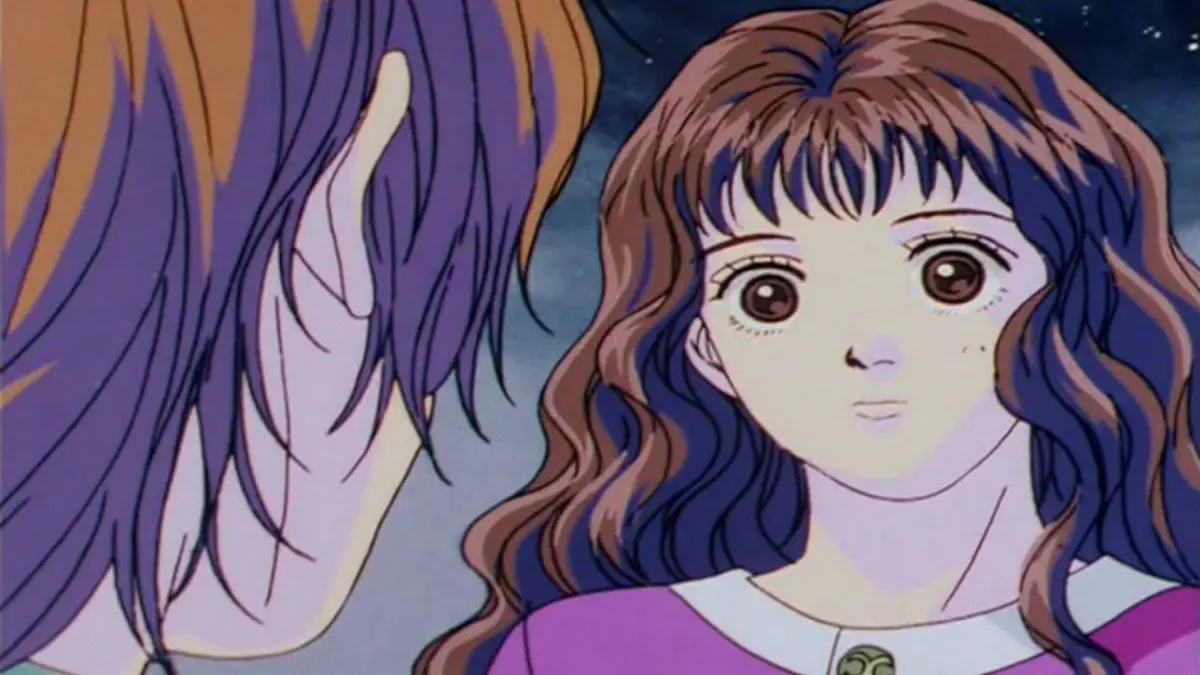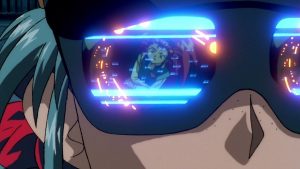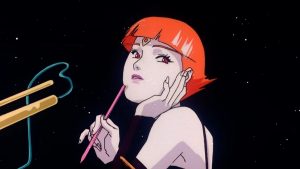You may have noticed that anime from the 90s has a very distinct art style with a certain glow. Some describe it as an old-school aesthetic with an analog or lofi feel and a retro color palette.
Many anime studios in the 90s produced highly refined and high-quality shows compared to the offerings of the 70s and 80s. Some even feel that 90s anime looks better than modern offerings (we won’t jump into that argument).
When it comes down to it, the distinct retro style of 90s anime can be attributed to a number of factors:
- Artistic trends of the time
- Technology used
- Advanced techniques in traditional cel animation
- Corporate culture of quality in Japan
90s Anime Aesthetic versus Modern Anime
Stylistically, there are several notable differences between the 90s and modern anime.
90s anime features characters with thicker inking and simpler coloring/shading, whereas modern anime is more elegant and stylized with digitized coloring and special effects.
To demonstrate this, see the comparison below between the original 1990s Sailor Moon and the Crystal reboot from 2014:
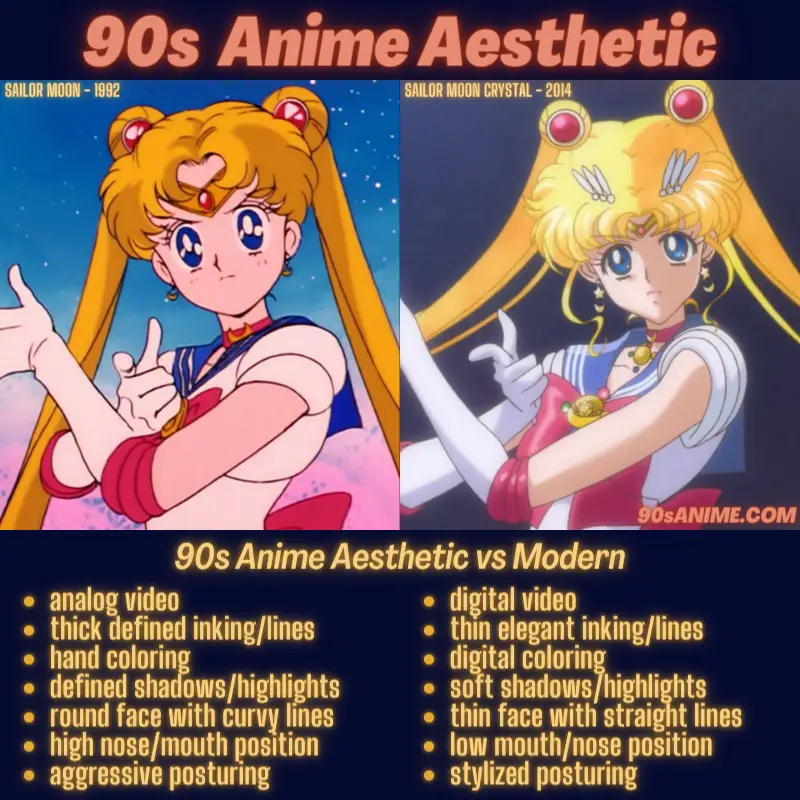
Creating the 90s Anime Aesthetic
Modern anime and old anime are similar in that they both started out as hand-drawings.
The difference is that old anime was inked and hand-colored on transparent celluloid paper (cels) that were photographed by an analog camera. For modern anime, the hand drawings are digitized with inking, coloring, and special effects added on a computer.
This transition between these two approaches started in the late 90s, which means that 90s anime represents the height of traditional Japanese cel animation. And techniques that had been mostly available only to large budget projects in the 80s were widely utilized during the 1990s for shows, OVAs, and lower-budget movies.
Take a look at this video about animating Akira to see the process in action:
Quality of Japanese Animation
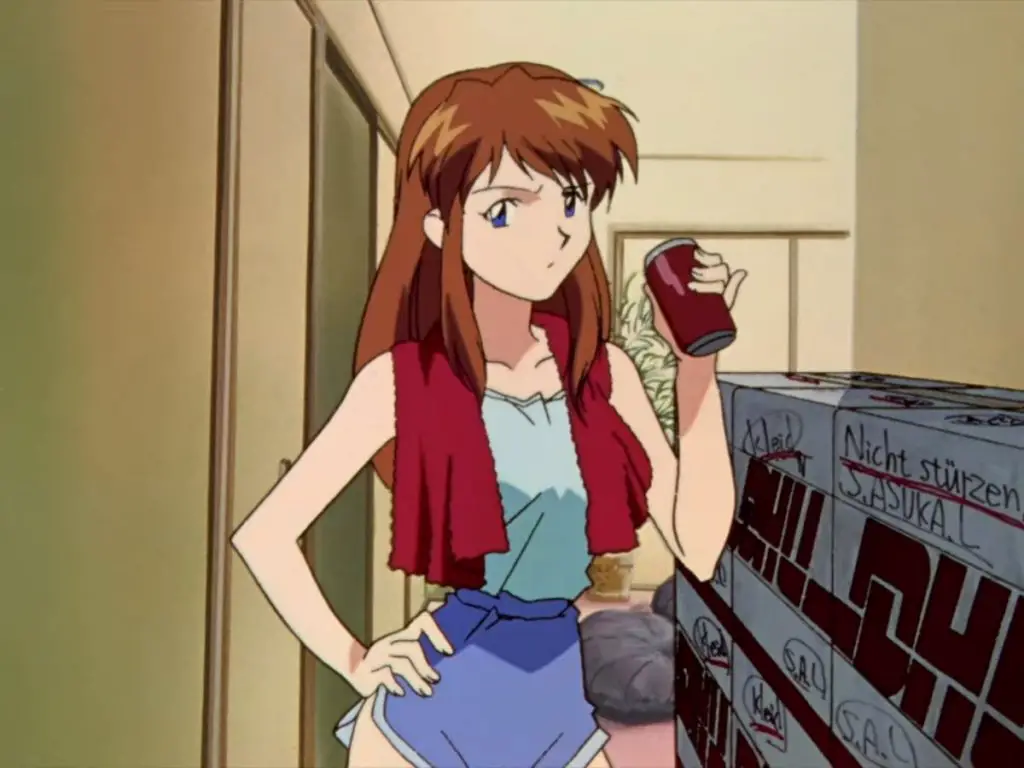
In the mid-1950s, two American management consultants gave a series of lectures in Japan that sparked a revolutionary change in corporate leadership known as the “Japanese Quality Revolution.” This lead to the rise of quality exports and a global change in perception of Japanese goods.
These lectures emphasized building corporate systems that continuously push for quality improvements and improved efficiency. And by the early 1980s, this idea was catching on in the anime industry.
At this time, anime directors such as Hayao Miyazaki, Isao Takahata, Katsuhiro Ōtomo lead the charge on improving the visual quality of anime, and the medium started to see more mainstream success in Japan which sparked a rise in the popularity of anime during the 80s.
So by the 1990s, the anime industry reached the height of traditional cel animation in terms of production and quality. And this plays a large part in the 90s anime aesthetic.
For more examples of 1990s anime aesthetics, take a look at our favorite shows and movies!

